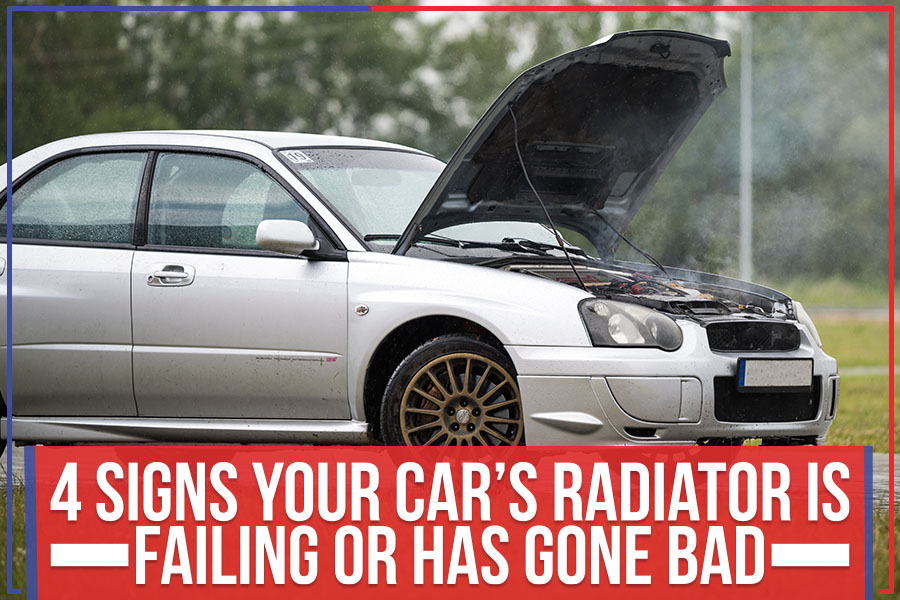
There are a few suggestive signs that you have a bad or failing radiator. If your car is overheating, there’s a puddle of green fluid under your vehicle, or if your car is making an abnormal noise, then it’s likely that you have an automobile radiator issue.
Detecting these radiator problems early is crucial. If you catch the problem early, you may have the option of radiator flushing. However, if you wait too long, then you may need to replace the entire radiator.
Stay with us as we help you figure out the signs of a bad radiator.
1. Your Temperature Gauge Rises Quickly:
A radiator problem is often first detected when the temperature gauge on the dashboard rises quickly into the hot range or enters the red zone.
Of course, there are other reasons your temperature gauge may increase. It could be a problem with your thermostat or water pump. But, if radiator coolant leaks are paired with the rising temperatures, it’s almost certainly a radiator issue. A clogged radiator with damaged radiator fins could also be a significant contributing factor to a temperature increase.
2. Radiator Coolant Leaks:
Radiator coolant is a flowy, greenish liquid (sometimes pink, orange, or yellow) that circulates through your radiator to help keep your engine cool.
Leaking radiator fluid is one of the most common signs of radiator damage. If you notice a puddle of green, sweet-smelling fluid under your car, chances are it’s coming from your radiator.
The radiator coolant may be leaking from a hole in the radiator itself or a loose hose. You can monitor your radiator fluid level by checking the overflow tank. Your radiator coolant levels will be low if you have a radiator leak.
3. Discolored Radiator Coolant:
Automobile radiant coolant passes through radiator hoses to the radiator. Over time, it can become discolored due to dirt, rust, and other debris. If you notice your radiator coolant is darker than usual and more viscous, it’s probably time for a radiator flush. Radiator flushing will remove all the debris and rust from your radiator and help to ensure it’s working correctly.
You might be tempted to try radiator flushing on your own, but it’s best to leave it to the professionals. Radiator flushing is a delicate process; if not done properly, it can damage your radiator.
4. Blocked and Damaged Radiator Fins:
An automobile radiator is located in front of the engine. It consists of a series of metal fins that help to dissipate the heat. Over time, these radiator fins can become clogged with debris and dirt, which reduces their effectiveness.
What’s more, gravel and other road debris can damage the radiator fins, causing them to bend and break. It reduces the radiator’s ability to dissipate heat and can cause other problems as well. To avoid damaging the radiator fins, you must be careful with the water pressure and volume when radiator flushing.
Conclusion:
Replacing an automobile radiator is a costly affair. Radiator replacement costs can be as high as $1000. Therefore, car owners turn to radiator flushing and radiator fins repair as radiator maintenance measures. However, radiator flushing alone will not solve all radiator problems.
You may need to replace your radiator if it is old, has radiator coolant leaks, or highly damaged fins.
Feldman CDJR of Clarkston, serving Rochester Hills, MI, can help you with radiator diagnosis and repair. Bring your car to us and leave radiator problems in the past.
You can schedule a service online today!









